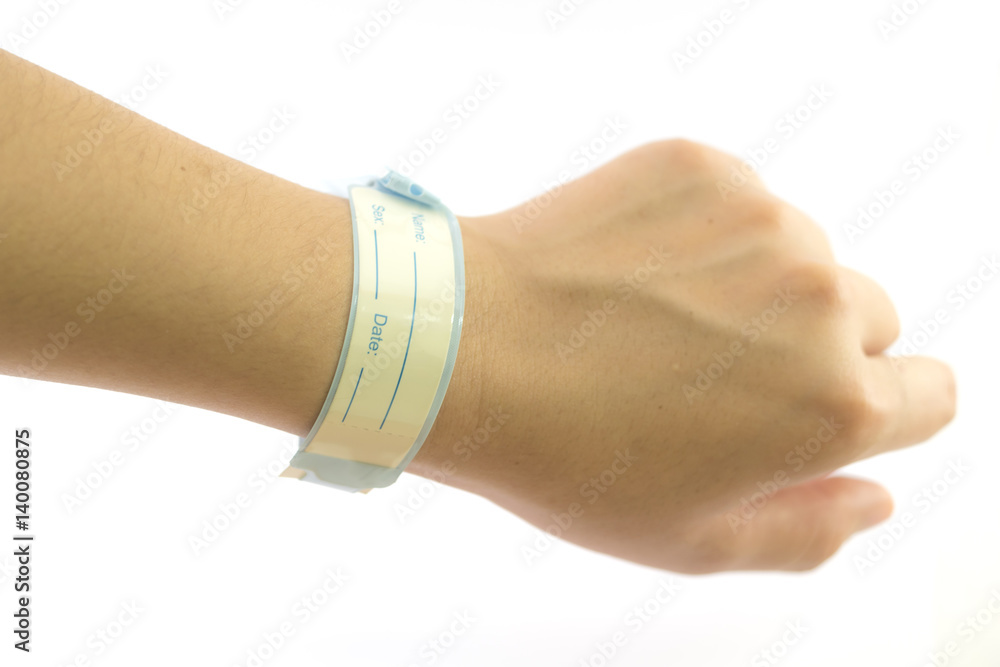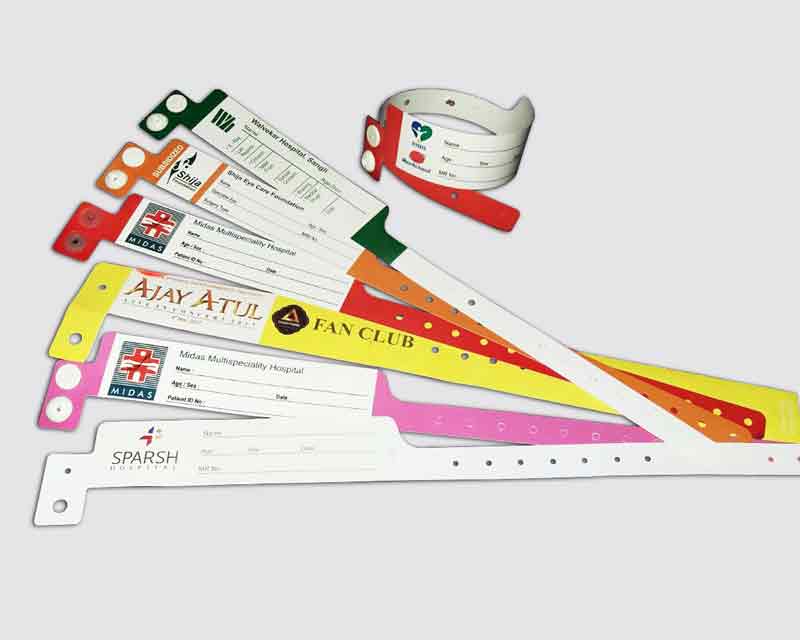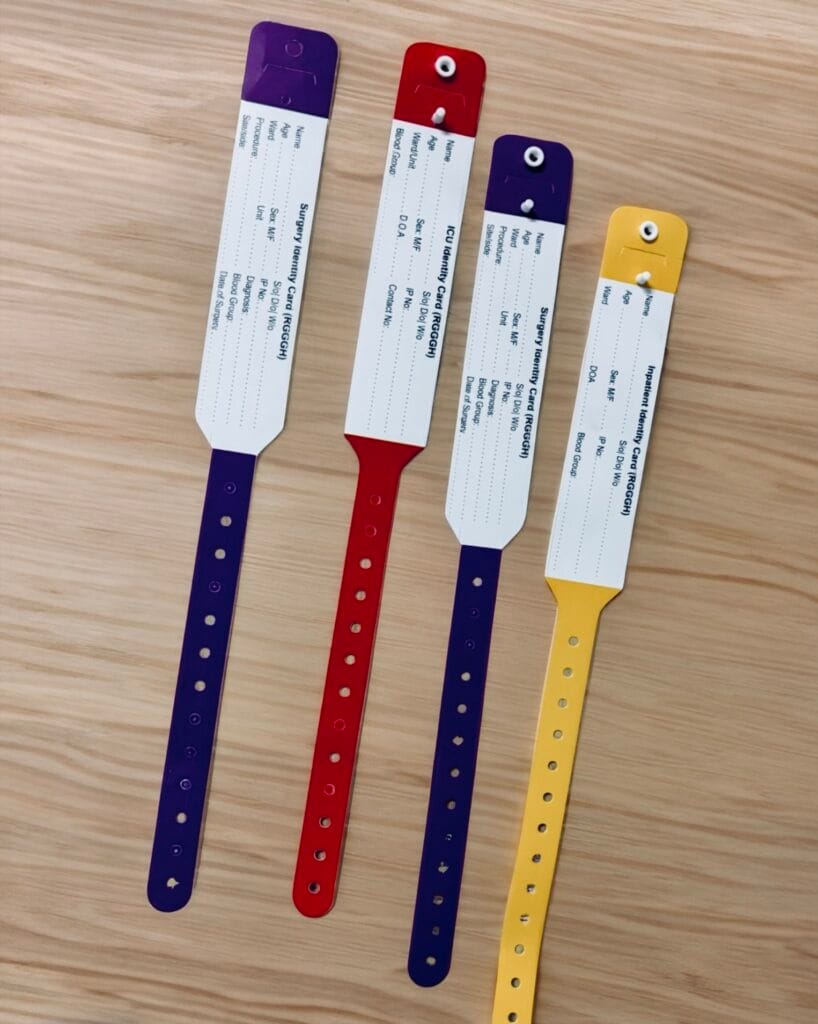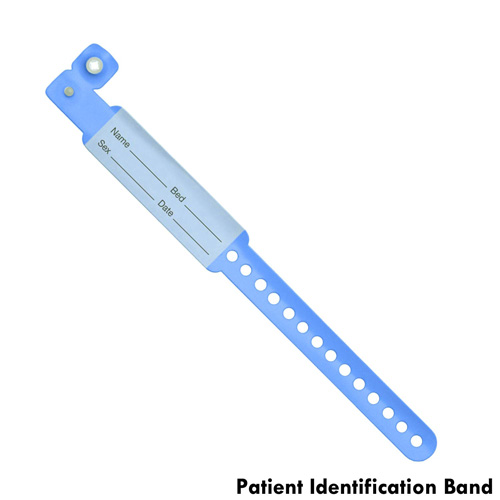The Role of Patient Identification Band in Making Sure Accurate Medical Records
Enhancing Security: The Relevance of Client Recognition Bands in Healthcare
In the world of healthcare, the effectiveness of individual recognition bands can not be overstated, as they work as a basic protect against misidentification and subsequent errors. These bands, commonly neglected, consist of critical info that is vital for ensuring client security and ideal therapy end results. However, the application of efficient recognition protocols poses several challenges that doctor must navigate. As we explore the multifaceted function of these bands, it ends up being obvious that their importance expands past mere identification, elevating questions about best practices and future advancements in individual security.
Summary of Patient Recognition Bands
Individual recognition bands play a vital role in guaranteeing the safety and precision of client treatment in healthcare settings. These bands, normally used on the wrist or ankle joint, serve as a crucial device for confirming client identification, thus decreasing the danger of errors in treatment, medicine management, and various other medical care procedures. Made from durable products, patient recognition bands usually include essential info such as the patient's name, day of birth, medical document number, and barcodes or QR codes for scanning.
The implementation of patient recognition bands is essential in various health care environments, consisting of medical facilities, outpatient centers, and lasting treatment organizations. They add to a systematic technique in patient administration, enabling health care specialists to swiftly and accurately determine patients, particularly in high-pressure scenarios where quick decision-making is crucial.
Moreover, the use of these bands is straightened with governing requirements targeted at improving person safety - Patient Identification Band. By making sure that each individual's details is easily proven and readily obtainable, doctor can maintain a high standard of care, decrease the occurrence of unfavorable events, and cultivate a society of security within healthcare institutions
Benefits of Accurate Recognition
Precise identification is fundamental to enhancing person safety and security and care top quality in health care settings. It serves as the initial line of protection versus errors that can cause negative client results. By ensuring that each person is properly identified via trustworthy ways, such as patient identification bands, medical care suppliers can substantially minimize the threat of misidentification, which can result in unacceptable treatments, medication mistakes, and even medical mix-ups.
Additionally, precise individual identification promotes efficient communication amongst healthcare groups. When all employee can constantly recognize clients, they can share crucial info a lot more efficiently, causing better sychronisation of treatment. This is especially vital in emergency circumstances where prompt interventions are essential.
Furthermore, exact identification sustains conformity with regulatory criteria, thereby lowering the danger of lawful consequences for medical care facilities. It fosters depend on in between patients and healthcare providers, as clients really feel extra secure understanding that their identifications are being guarded.

Usual Obstacles Dealt With
Guaranteeing reliable individual recognition in health care setups offers a range of obstacles that can jeopardize safety and security and care high quality. Patients may get here in a state of complication or distress, making accurate recognition challenging.
Another challenge informative post is the reliance on human consider recognition treatments. Health care experts may accidentally misinterpret or ignore recognition protocols, especially in high-stress environments such as emergency departments. This can bring about mistakes, including the administration of incorrect treatments or drugs.
Technological problems additionally posture challenges. Although electronic health and wellness document (EHR) systems are made to streamline client recognition, system failures or individual errors can disrupt the process. The physical design of person ID bands can lead to readability problems, especially in instances where bands are damaged or covered.
Finally, irregular training amongst team relating to identification protocols can cause voids in understanding and practice. Addressing these difficulties is important for boosting individual security and ensuring that recognition bands serve their intended objective efficiently.
Best Practices for Execution
To efficiently implement person identification bands in medical care settings, organizations need to adopt a diverse method that prioritizes technology, standardization, and training integration. Standardization entails establishing More hints clear methods for the design, application, and use recognition bands across all divisions. This guarantees uniformity and reduces the threat of errors linked to variations in band types or identifying techniques.


Training is essential for all medical care personnel to ensure they recognize the significance of exact person recognition, how to effectively use and review recognition bands, and the procedures to comply with in case of disparities. Regular workshops and refresher course courses can enhance this knowledge and advertise a society of safety and security.
Technology assimilation plays a critical duty in enhancing the performance of patient recognition bands. Making use of barcode scanning or RFID modern technology can enhance the identification procedure, permitting real-time confirmation of patient identifications. Additionally, electronic wellness record systems should be set up to consist of informs for mismatches in between the recognition band and patient data.
Future Trends in Patient Safety And Security
As healthcare remains to develop, the emphasis on person security is most likely to intensify, driven by improvements in modern technology and a higher understanding of systemic threats. Arising trends suggest a change in the direction of even more incorporated systems that utilize data analytics, artificial knowledge, and artificial intelligence to boost person recognition procedures. These modern technologies can help determine possible safety concerns before they escalate, thus decreasing errors related to misidentification.
Additionally, the application of blockchain innovation might reinvent exactly how patient data is firmly shared amongst doctor, making sure that identification bands are regularly accurate and up-to-date. This will certainly not only boost person safety and security however also help with seamless interaction throughout multidisciplinary teams.

In addition, the expanding emphasis on personalized medicine is expected to influence individual safety and security methods. By incorporating genetic and demographic info into identification systems, health care experts can customize therapies extra properly, minimizing the dangers of damaging responses due to misidentification.
Conclusion
In final thought, individual identification bands offer as a crucial component in enhancing safety and security within medical care atmospheres. Ultimately, the ongoing emphasis on durable identification protocols will certainly contribute to better client results and total security in healthcare settings.
In the world of health care, the effectiveness of patient recognition bands can not be overstated, as they offer as an essential guard against misidentification and subsequent errors.Patient identification bands play an essential function in ensuring the security and accuracy of patient treatment in healthcare settings. Made from sturdy materials, individual recognition Homepage bands often include crucial information such as the patient's name, day of birth, medical document number, and barcodes or QR codes for scanning.
By ensuring that each person is properly identified through reputable ways, such as individual identification bands, health care companies can significantly decrease the risk of misidentification, which can lead to unacceptable therapies, medicine errors, and also surgical mix-ups.
In final thought, patient recognition bands serve as an important element in improving safety and security within medical care environments. Patient Identification Band.